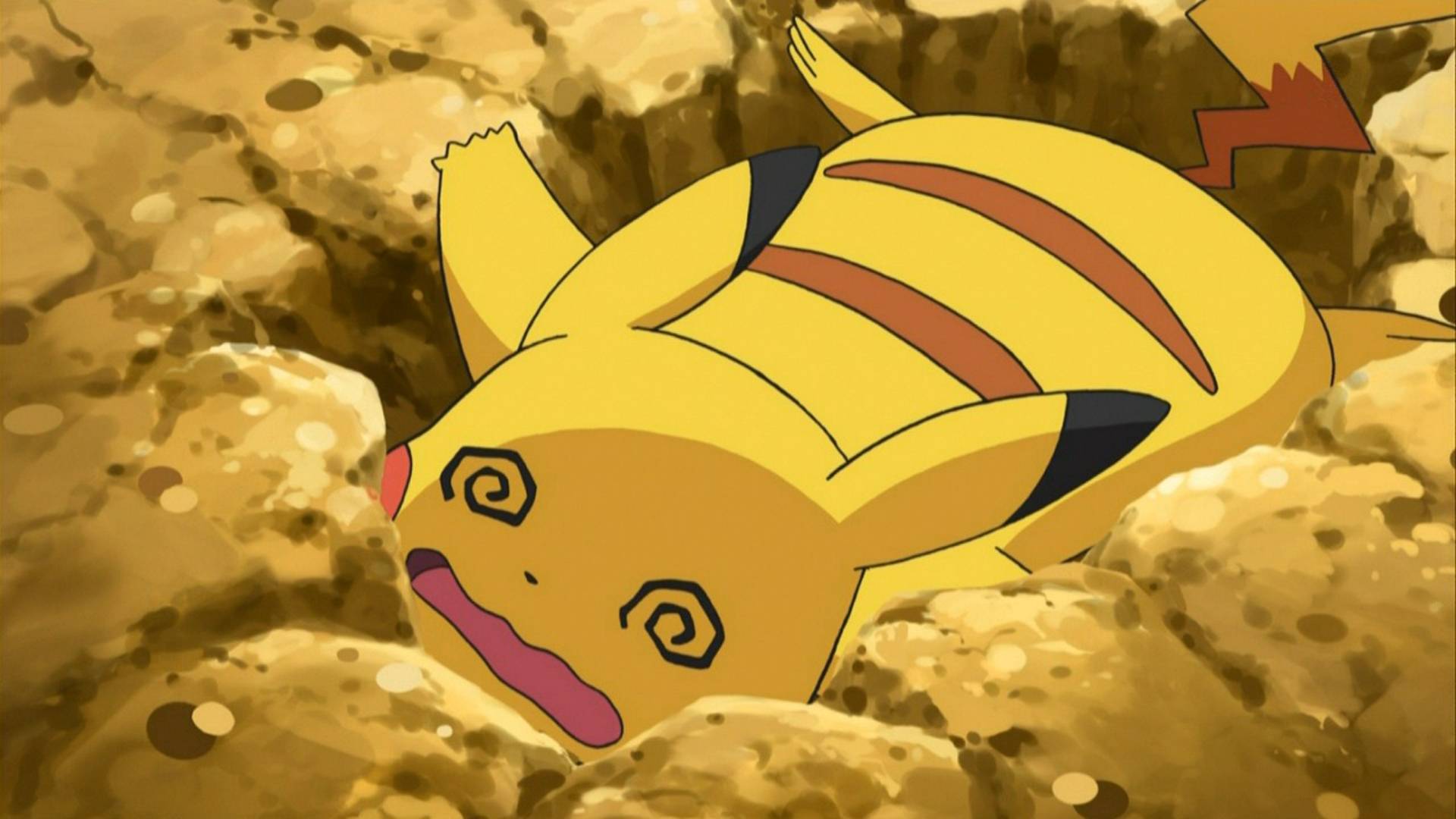
Pokemon games have always been particularly challenging for completionists, but one number-crunching fan has now worked out that the time it'd take to truly 100% Pokemon Emerald is way higher than any of us could have imagined. It's, uh, over 81 sextillion years – 81,461,313,208,320,429,708,284, to be exact.
How could it be possible for a 100% run of Pokemon Emerald to take so much longer than the universe is thought to have existed? Well, first we've got to unpack what it means to truly 100% Emerald. YouTube content creator Astroid Videos has taken it to an extreme level – far beyond completing the Pokedex, collecting all the gym battles, and clearing out the Battle Frontier. On top of all that, the criteria involves creating a living Pokedex (basically, owning one of every individual Pokemon you can possibly get, including their different forms), as well as shiny versions (1/8192-rarity alternate color palette versions) of all of them.
This would already take a long time, but that's not the end of it, as Astroid Videos suggests obtaining maximum perfect IV versions (basically, the strongest possible randomly generated values for each of the six main stats) of both the shiny and non-shiny Pokemon. Oh, and we can't forget to grind them all up to level 100, as well as earn every possible Ribbon from the Pokemon Contests on all of them, can we?
I'm sure you already see why this would be so time-consuming – the perfect IV requirement is a particular problem in Pokemon Emerald because there's no way to breed for maximum perfect IV Pokemon like you can in later installments. When breeding Pokemon, you can only guarantee at most three perfect IVs out of the possible six, meaning the chance of finding them is very rare, and that's even worse for wild Pokemon. For the record, each stat generally has a 1/32 chance of being perfect, so for the Pokemon you can't breed, you've just gotta hit that 1/32 six times, simultaneously. Yikes.
So, it's already really tough, but how can we make it billions of times worse? The answer is with one of generation three's most unique Pokemon – Spinda. This cute panda-like Pokemon has the greatest number of forms to capture, because it has a different spot pattern for every single personality value (a hidden, unchangeable value in each individual Pokemon's code). That means that there are over four billion different appearances to find – 4,294,967,296, to be exact – which in itself would take more time than any player could possibly manage. Combine that with Astroid Videos' other criteria of finding both shiny and perfect IV versions of all of these, not to mention the ribbons and level grinding… yeah. Sextillions of years suddenly sounds about right.
Needless to say, this would be the hardest Pokemon challenge of all time, largely because it'd require all the time to complete it. Heck, going off estimations, the sun could theoretically have exploded over 10 trillion times by the time you did. Of course, some of Astroid Videos' estimations could be a bit off, which in a best case scenario might shave off a few million years here and there, but the top and bottom of it is that, uh, you're not going to finish this challenge.







